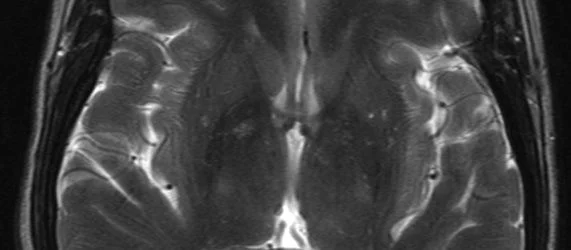Diagnosing problems in the wrist has become easier thanks to a new technology as published online in the journal PLoS ONE.
A team consisting of UC Davis radiologists, medical physicists and orthopaedic surgeons have devised an innovative method to create "movies" of the wrist in motion by using a series of brief magnetic resonance imaging scans. Called "Active MRI," this new technique could become useful in diagnosing subtle changes in physiology that indicate the onset of conditions such as wrist instability.
Robert Boutin, professor of radiology at UC Davis and lead author of the study compared the fast images to a live-action movie and explained that since it could be stopped, reversed or slowed, patients were in a position to specifically reproduce the motion causing discomfort while they were inside the scanner. Since some patients only have pain or symptoms with movement, this would allow physicians to assess how the wrist is actually working.
As detailed by senior author Abhijit Chaudhari, wrist instability occurs as a result of carpal bone misalignment, affecting joint function, frequently due to trauma that injured the ligaments between wrist bones. Causing abnormal mobility and chronic pain, this instability can lead to osteoarthritis, which in turn is a major socio-economic burden to patients and health-care systems. Early diagnosis improves good outcomes in managing the condition when less-invasive treatments are possible.
Compared to dynamic computed tomography and fluoroscopy, which can also image the moving wrist, MRI scans do not involve radiation and allow for visualisation of soft tissue such as ligaments, which are an important segment of the wrist’s intricate architecture.
The scientists faced a series of obstacles in adapting MRI capabilities to providing moving images, most importantly the factor of time. With a complete MRI exam usually lasting between 30 to 45 minutes and each single image set requiring at least three minutes, this was not nearly fast enough to make a video. As a result, the researchers devised a new MRI protocol that takes one image every 0.5 seconds, delivering a series of images in half a minute.
The presence of imaging errors called banding artifacts represented a further barriers to their success. Movement of the bones in the wrist area can interfere with the scanner’s magnetic field, creating signal drop-offs and the resulting dark bands can obscure the moving wrist. By using dielectric pads that stabilize the magnetic field and shift artifacts away from the area of interest and to the side, the team enabled doctors to clearly see the wrist bones.
For the current study, Active-MRI included ten-minute testing on 15 wrists of 10 participants with no symptoms of wrist problems. Their wrists were imaged as they performed motions such as clenching the fist, rotating the wrist and waving the hand side-to-side.
Professor Boutin was enthusiastic that the use of MRI allowed a look inside a body in action. While routine MRI provided exquisite details, it was only possible if the body remained completely motionless in one particular position and Boutin believes Active MRI will be a valuable tool in augmenting traditional, static MRI tests.
According to Chaudhari, the researchers’ next steps were to validate the technology by using it on patients with symptoms of wrist instability and to use Active-MRI to study sex distinctions in musculoskeletal conditions, including why women tend to be more susceptible to hand osteoarthritis and carpal tunnel syndrome.
Additional authors were Michael Buonocore, Igor Immerman, Zachary Ashwell, Gerald Sonico and Robert Szabo, all from UC Davis. Their study, titled "Real-time Magnetic Resonance Imaging (MRI) During Active Wrist Motion – Initial Observations," is available via this link.
Video examples of Active MRI are available at YouTube.
Source: UCDacis Health Systems
13 January 2014
Latest Articles
Research, Imaging, MRI, Wrist, Active MRI, osteoarthritis, carpal tunnel syndrome
Diagnosing problems in the wrist has become easier thanks to a new technology as published online in the journal PLoS ONE. A team consisting of UC Davis...










